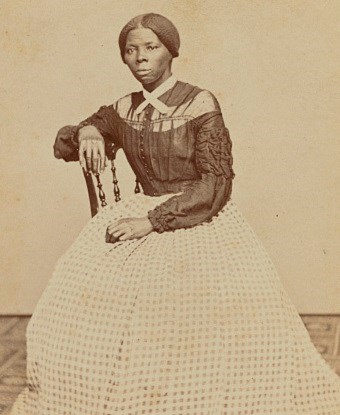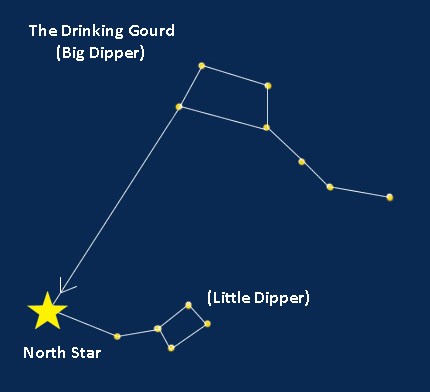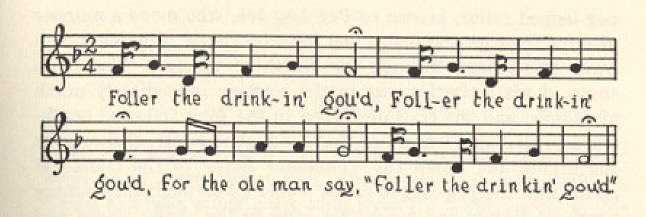Last updated: July 9, 2018
Article
North Star to Freedom

NPS

Library of Congress
The National Park Service shares the stories of former slave and abolitionist Harriet Tubman, the Underground Railroad, and the many brave Americans in the 1800s whose courageous actions led slaves to freedom and helped end the slavery era. In celebrating our nation’s independence, the NPS reflects on the role the night sky played in the lives of these early Americans.
During the height of the Underground Railroad movement prior to the Civil War, Harriet Tubman, the best known conductor of the Underground Railroad, roused many enslaved Americans in the south to seek freedom in the north. Traveling under cover of night often offered the best chances of escaping. However, most slaves did not have maps or compasses to guide them. Without the use of these tools, a fugitive’s ability to successfully navigate to a safe house, railroad station, or the woods was often a matter of life or death.

NPS
As slave lore tells it, the North Star played a key role in helping slaves to find their way—a beacon to true north and freedom. Escaping slaves could find it by locating the Big Dipper, a well-recognized asterism most visible in the night sky in late winter and spring. As the name implies, its shape resembles a dipping ladle, or drinking gourd. From the gourd’s outline, the North Star could be found by extending a straight line five times the distance from the outermost star of the bowl.
For millenia, celestial wayfinding knowledge—navigating by observing the stars and other night sky patterns—passed from generation to generation. For slaves that did not know how to read or write, "reading" the night sky provided important clues for survival. This information helped slaves to find their way without getting lost. Many former slaves, including historical figures like Tubman, used the celestial gourd, or dipper, to guide them on their journey north. The Big Dipper and North Star were referenced in many slave narratives and songs. Follow the Drinking Gourd was a popular African American folksong composed decades after the War and based on these anecdotes that memorialized the significance of these stars.
The night sky is a canvas of stories that links us to this past. National parks are among the best places to see the stars and hear these stories. The next time you gaze at the stars, think on the drinking gourd story and those early Americans who staked their freedom on a star.

Texas Folklore Society, 1928
Follow the Drinking Gourd
When the sun come back,
and the firs’ quail call,
Then the time is come.
Foller the drinkin gou’d.
Foller the drinking gou’d,
Foller the drinking gou’d;
For the old man say,
“Foller the drinkin gou’d.”
The riva ends a-tween two hills,
Foller the drinkin’ gou’d;
Nuther riva on the other side
Follers the drinkin gou’d.
Wha the little riva
Meet the grea’ big un,
The old man waits –
Foller the drinkin’ gou’d.
Learn more:
Article by Julie West, Communications Specialist, NPS Natural Sounds and Night Skies DivisionTags
- harriet tubman national historical park
- harriet tubman underground railroad national historical park
- ideclare
- night skies
- natural sounds and night skies division
- national park service
- find your park
- independence
- freedom
- harriet tubman
- harriet tubman underground railroad national historical park
- night
- historic
- history
- slavery
- drinking gourd
- slaves
- cultural heritage
- network to freedom
- national underground railroad network to freedom
- history and culture
- history alive
- abolition
- telling all americans stories
- reconstruction
- reconstruction era
- america's stories
- americas stories
- women's history
- immigration
- nps history
- cultural landscapes
- cultural anthropology
- civil rights
- tek
